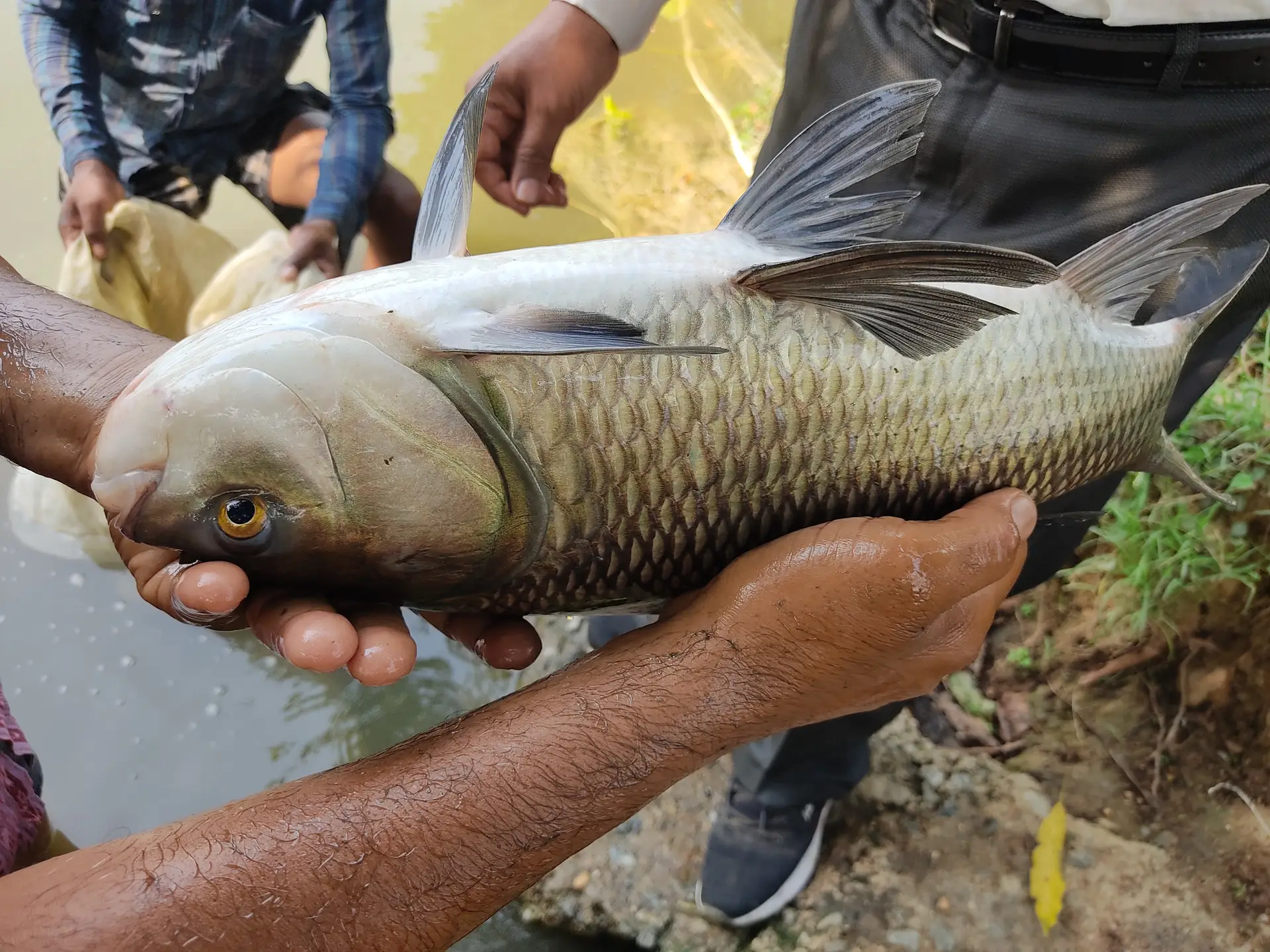Imagine a world where the ocean’s vibrant ecosystems thrive, balanced and bursting with life. This dream can become a reality, but to get there, we need reliable and accurate fish data. Understanding fish populations, behaviors, and habitats through detailed studies plays a crucial role in marine conservation. Precise data received from aquaculture monitoring software assists scientists and policymakers in making informed decisions, supporting sustainable fishing practices, and ensuring the longevity of marine biodiversity for future generations.
Benefits of Accurate Fish Data for Conservation
In the vast, mysterious world beneath the waves, accurate fish data serves as a compass guiding us toward more effective conservation practices. From understanding intricate marine ecosystems to implementing sustainable fishing methods, high-quality data received through aquaculture monitoring software is transforming the landscape of marine conservation, making it easier for us to protect our oceans and the life they sustain.
Enhancing Marine Ecosystem Management
Marine ecosystems are like the ocean’s balancing act, where each species plays a crucial role in maintaining harmony. Accurate fish data acts as a critical resource in piecing together this complex puzzle. Here’s how:
Monitoring Species Health: Accurate data collected through aquaculture monitoring software allows scientists to keep an eye on the health and numbers of fish species. By understanding which species are thriving and which are struggling, we can make informed decisions about where to focus conservation efforts.
Identifying Threats: Consistent population tracking can help identify threats like overfishing or pollution before they reach critical levels. This enables timely interventions to minimize negative impacts.
Creating Protected Areas: With precise data, it’s easier to pinpoint regions that are vital for fish breeding or feeding. Establishing marine protected areas in these zones ensures that fish populations have safe spaces to grow and replenish.
By using accurate data gathered from aquaculture monitoring software for insight, we can make strides in protecting the intricate web of marine life, ensuring a brighter future for our oceans.
Informing Sustainable Fishing Practices
Fishing is essential for economies and local communities worldwide, but it must be done sustainably to prevent the depletion of fish stocks and damage to marine environments. Accurate fish data plays a pivotal role in maintaining this balance.
Setting Quotas: Reliable data helps determine appropriate catch limits for differing fish species, ensuring that fishing activities don’t exceed what is sustainable for specific populations.
Seasonal Adjustments: Understanding fish breeding patterns through detailed data allows authorities to set fishing seasons that avoid crucial breeding periods, giving fish populations a chance to renew naturally.
Targeting Practices: High-quality data that aquaculture monitoring software provides can guide fishers to use more selective fishing methods that reduce bycatch and incidental harm to non-target species, maintaining biodiversity in the process.
By aligning fishing practices with the natural rhythms and capacities of fish populations, we can secure the livelihoods of those who depend on the fish industry while also cherishing our marine environmental heritage.
Supporting Fish Population Studies
Fish population studies are the bedrock of informed conservation efforts, providing critical insights into the dynamics and health of fish communities. With accurate data, these studies can be significantly more impactful.
Behavioral Insights: Data allows researchers to study fish behaviors, migration patterns, and interactions within ecosystems. This helps predict how fish populations may react to environmental changes.
Adapting to Climate Change: Comprehensive tracking through aquaculture monitoring software can reveal how climate change is impacting species differently. This enables scientists to forecast future changes and advise adaptive strategies.
Evaluating Conservation Strategies: By keeping a close eye on data trends over time, conservation practitioners can measure the effectiveness of the interventions and policies already in place, allowing for adjustments as needed.
Ultimately, with robust data backing their studies, researchers can build richer, more detailed pictures of how fish populations interact with their environments, strengthening the foundation of conservation science.
In essence, accurate fish data is not just about numbers—it’s about clarity, understanding, and building a sustainable path forward. Whether it’s in the service of complex ecosystem management, guiding safe fishing practices, or supporting in-depth studies, the ripple effects of reliable data reverberate through the waves, promising a healthier marine world for generations to come. Let’s keep these currents of information flowing, and our efforts steadfast.





Add comment